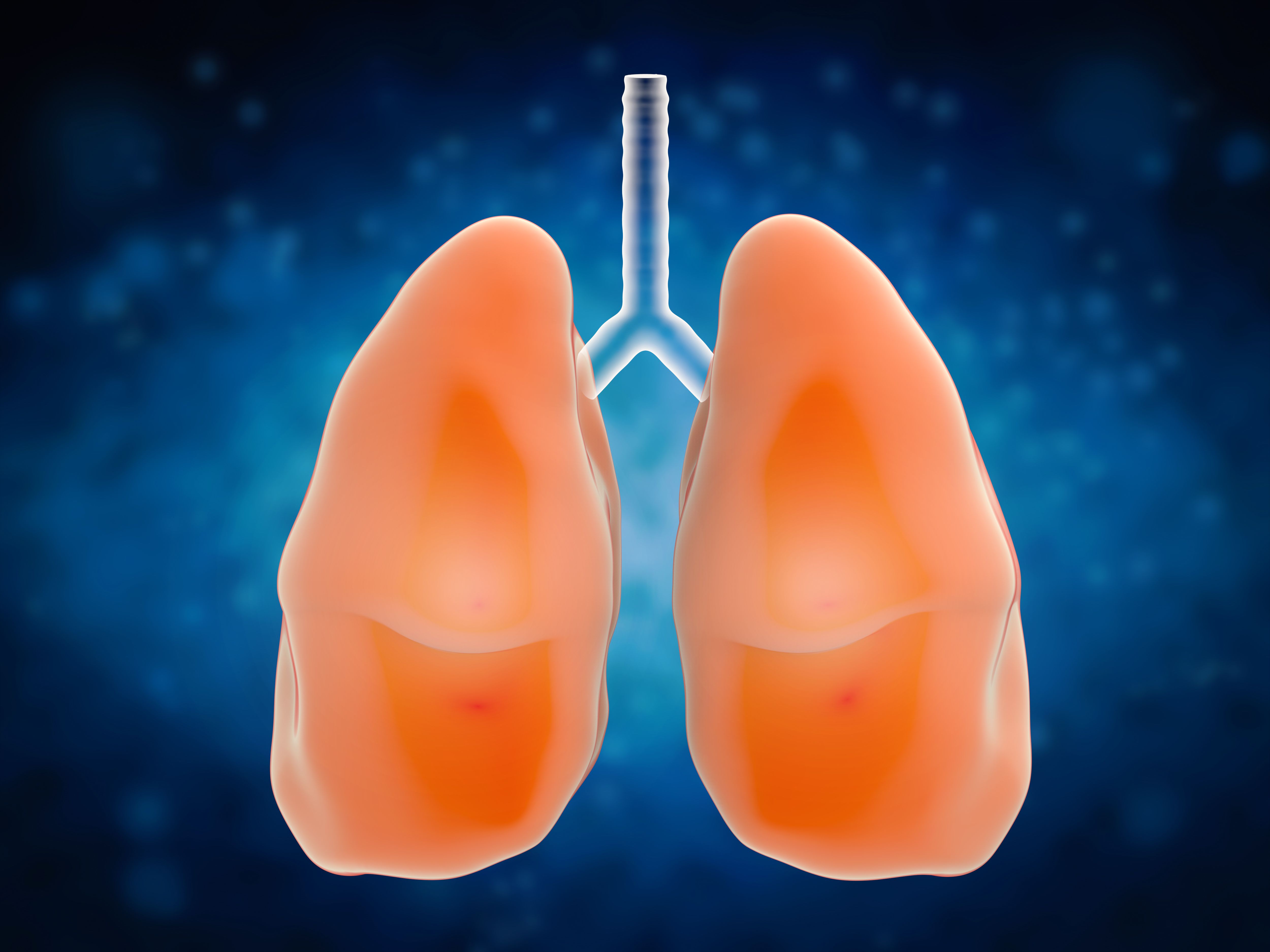Vobramitamab Duocarmazine Does Not Achieve Responses in R/R ES-SCLC
After failing to record any objective responses in 9 patients with relapsed/refractory ES-SCLC, the phase 2 trial was terminated early.
After failing to record any objective responses in 9 patients with relapsed/refractory ES-SCLC, the phase 2 trial was terminated early.

A poster shared at the IASLC 2025 World Conference on Lung Cancer (WCLC) on an investigator-initiated phase 2 trial (NCT06227546) showed that vobramitamab duocarmazine demonstrated limited efficacy, and that B7-H3 immunohistochemistry intensity may correlate with disease control, in a small cohort of patients with relapsed/refractory extensive-stage small cell lung cancer (ES-SCLC).1
In all 9 patients treated with vobramitamab duocarmazine, no objective responses were reported; 1 patient had stable disease through all 8 cycles of treatment. Two patients had progressive disease, and 7 patients had stable disease. Furthermore, the median progression-free survival (PFS) was 2.0 months (95% CI, 1.8-not available [NA]), and the median overall survival (OS) was 4.3 months (95% CI, 3.4-NA).
Due to the lack of responses, the trial was terminated early.
“Relapsed/refractory ES-SCLC carries a poor prognosis with suboptimal treatments,” wrote lead study author Tina Roy, MD, a hematology oncology fellow at Georgetown Lombardi Comprehensive Cancer Center at Georgetown University Hospital, and coauthors, in the presentation.1 “Limited efficacy [was] observed [with] vobramitamab duocarmazine in relapsed/refractory ES-SCLC. No objective responses [led] to early termination of [the] trial.”
This single-arm and open-label trial had a total of 9 patients enrolled in the first stage who received an initial dose of vobramitamab duocarmazine at 2.7 mg/kg every 4 weeks, which was reduced to 2.0 mg/kg every 4 weeks mid-trial due to treatment-related adverse events (TRAEs) from other clinical trials using the study drug. Six patients (66.7%) started on the 2.7 mg/kg dose, and 3 patients (33.3%) started at 2.0 mg/kg. Treatment was discontinued after a maximum of 8 cycles, or with disease progression or unacceptable toxicity.
If no patients demonstrated a response to therapy after the first stage, the trial was to be stopped, and if there were 1 or more responses, an additional 8 patients were going to be enrolled.
The median age of patients was 64 years (range, 49-77), with 55% being male and 77% being White. The median ECOG performance status was 1 (range, 0-1), the median number of prior lines of treatment was 1 (range, 1-2), and the median number of sites of disease was 3 (range, 1-5).
Patients enrolled in the trial were required to have relapsed/refractory ES-SCLC, prior platinum-based chemotherapy, an ECOG performance status of 0 or 1, measurable disease, and adequate organ function.
The trial’s primary end point was the overall response rate assessed per RECIST v1.1 criteria. Secondary end points included AEs assessed by CTCAE v5.0 guidelines, duration of response, PFS, and OS. The exploratory end point was treatment efficacy based on tumor tissue and plasma extracellular vesicle B7-H3 expression.
The most common TRAEs of any grade were anemia (44.4%), anorexia (44.4%), and fatigue (44.4%). Grade 3 TRAEs were lymphopenia (11.1%), oral mucositis (11.1%), and pneumonia (11.1%); a grade 4 TRAE occurred in 1 patient, which was neutropenia (11.1%).
Dose reductions occurred in 2 patients due to sponsor guidance because grade 5 pneumonitis was observed in another trial at the 2.7 mg/kg dose, and in 1 patient due to several grade 1/2 AEs such as blepharitis, rash, fatigue, mucositis, neutropenia, anemia, and thrombocytopenia. Regarding treatment discontinuation, 1 patient withdrew due to fatigue, and 7 patients discontinued due to disease progression.
The authors noted that there is a pending analysis on plasma extracellular B7-H3 and its correlation with efficacy, and that B7-H3 still remains a promising target in SCLC, as other trials have shown higher response rates.2
References
- Roy T, Zaemes J, Reuss JE, et al. A phase II study of vobramitamab duocarmazine in patients with relapsed or refractory extensive-stage small-cell lung cancer. Presented at the IASLC 2025 World Conference on Lung Cancer; September 6-9, 2025; Barcelona, Spain. Abstract P3.13.13.
- Fabrizio FP, Muscarella LA, Rossi A. B7-H3/CD276 and small-cell lung cancer: What's new? Transl Oncol. 2024;39:101801. doi:10.1016/j.tranon.2023.101801